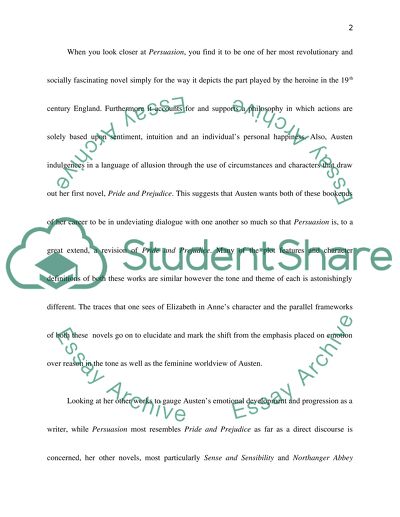Cite this document
(“Transformation in Austens Feminist Ideology Essay”, n.d.)
Retrieved de https://studentshare.org/literature/1392248-research-paper
Retrieved de https://studentshare.org/literature/1392248-research-paper
(Transformation in Austens Feminist Ideology Essay)
https://studentshare.org/literature/1392248-research-paper.
https://studentshare.org/literature/1392248-research-paper.
“Transformation in Austens Feminist Ideology Essay”, n.d. https://studentshare.org/literature/1392248-research-paper.


